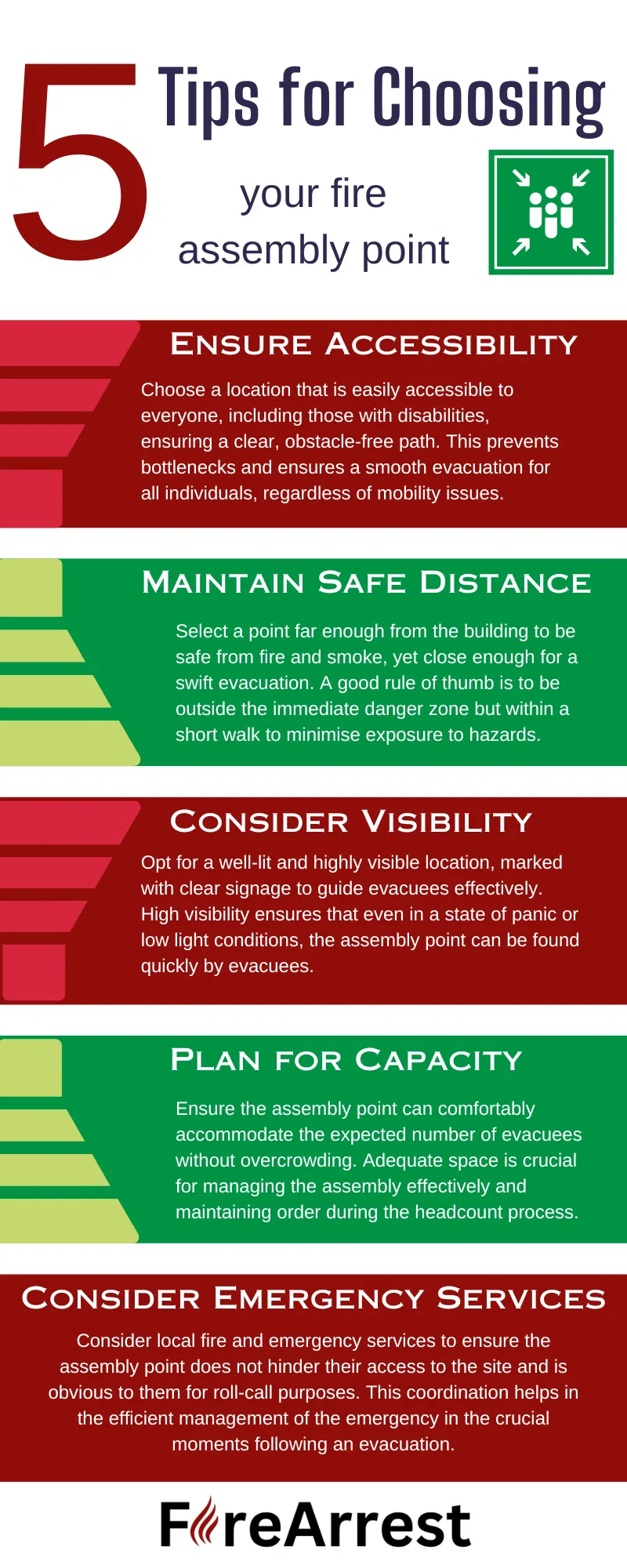In the face of emergencies, whether they stem from natural disasters, fires, or other unforeseen events, having a well-thought-out evacuation plan is paramount. At the heart of these plans is the concept of an assembly point – a pre-designated safe location where occupants gather post-evacuation. This article delves into the intricacies of choosing an appropriate assembly point, underscoring its significance in ensuring the safety and well-being of individuals during critical times.

What Are Assembly Points in Emergency Evacuations?
Assembly points are designated safe areas where individuals can congregate following an emergency evacuation. These points are essential components of any evacuation procedure, serving not only as a muster point for evacuees but also as a roll call location for emergency services to account for all individuals. The strategic selection of these points is crucial for the seamless execution of evacuation plans, highlighting the need for accessibility, safety, and capacity considerations.








 Powered by
Powered by